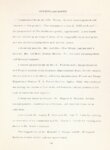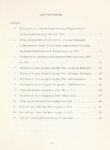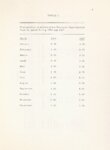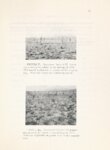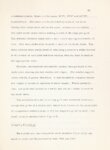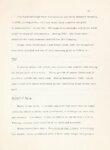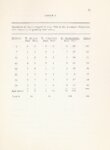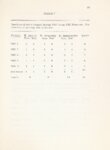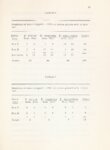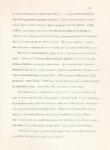| Description |
The presence and relative abundance of small rodents on native and reseeded foothill rangelands as correlated with grazing by cattle and type of grass was investigated by sampling the mammals with snap traps arranged in one acre grids. Trapping was conducted during early summer and early fall of 1966 and 1967 at the Benmore Experimental Area, Tooele Co., Utah, where there are records of over 20 years of controlled grazing and of a variety of reseeded grass stands. A total of 18,420 trap nights yielded 592 rodents (488 in 1966 and 104 in 1967). Perognathus parvus olivaceous Merriam, Reithrodontomys megalotis megaliths (Baird), and Peromyscus maniculatus sonoriensis (Le Conte) comprised over 99 per cent of the mice captured. No definite correlation was found between relative abundance of mice and type of grass. The influence of grazing by cattle appears to have a differential effect on rodents depending upon the intensity and season of grazing. Great Basin pocket mice (P. parvus) and harvest mice (P. megalotis) were captured most frequently in the lightest-grazed reseeded range. Deer mice (P. maniculatus) were captured most frequently in native and heaviest-utilized reseeded range. Pocket mice were captured most infrequently where the intensity of grazing was heaviest. Harvest mice were rarest in the lightest-grazed native range, while deer mice were rarest in the lightest-grazed reseeded range. |



